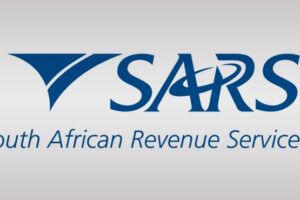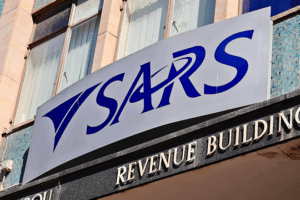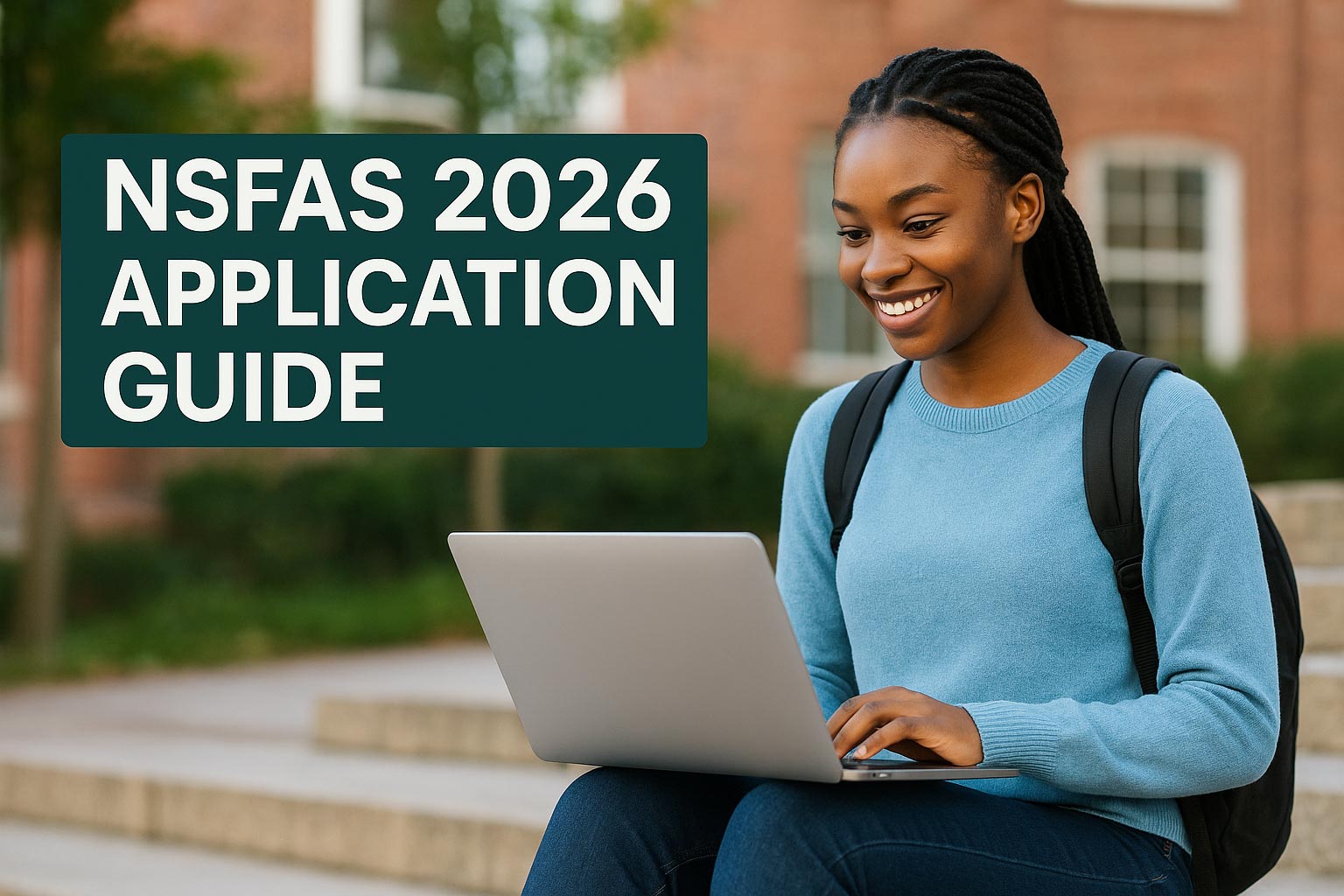NSFAS = National Student Financial Aid Scheme (South Africa)
Introduction
Every year, thousands of eligible South African students rely on NSFAS funding to cover the costs of their tertiary studies. With the 2026 application cycle now open, it’s crucial to know exactly how to apply, what the eligibility requirements are, which documents you’ll need, and how to track your application. This guide walks you through the process from start to finish.
What is NSFAS and Who Qualifies?
- NSFAS is a government-funded scheme that provides financial aid (bursaries and in some cases loans) for students enrolled in public universities or TVET (Technical and Vocational Education and Training) colleges.
- Funding typically covers costs such as tuition/registration, learning materials, accommodation, transport, personal care (where applicable), and allowances (when eligible).
Eligibility criteria for 2026
- Citizenship / residency: Must be a South African citizen or permanent resident.
- Income threshold:
• For bursary: combined household income of not more than R350,000 per year.
• For persons with disabilities: this threshold is higher (up to R600,000).
• NSFAS also provides loan options if your household income is between R350,001 – R600,000.
- Academic eligibility: Must be enrolling in a course that is DHET-approved/South African Qualifications Authority (SAQA) accredited. Private institutions or non-accredited qualifications are typically not funded.
- Restrictions:
• Students who already have an undergraduate degree and wish to do a second undergraduate qualification are not eligible.
• Students studying at private institutions are not eligible.
Important Deadlines 2026
- The application period for NSFAS 2026 closes on 15 November 2025.
- Be sure to apply well before the deadline to allow time for document uploading, verification, and any follow-ups.
Step-by-Step NSFAS 2026 Application Process
Here is how to apply:
- Visit the NSFAS website
Go to www.nsfas.org.za and access the myNSFAS portal.
- Register/Create a myNSFAS account
If you don’t already have one, you will need to register using your South African ID, name, email address, cell phone number, etc. Provide accurate personal details.
- Complete the online application
After logging in, fill in all required sections. This includes personal info, household/guardian info, contact details, academic info, etc.
- Upload required supporting documents
Expected documents include:
- Your South African ID (or temporary ID) copy.
- IDs of parents/guardian/spouse (where applicable).
- Proof of household income (payslips, UIF letters, SASSA grant receipts, etc).
- If you have a disability: completed Disability Annexure form + medical report.
- If under 18 and orphaned/vulnerable: Orphan/Vulnerable Child Declaration form.
- Consent form and Declaration form (for those 34 yrs or younger) for parental/guardian details.
- Submit the application
Once all sections are filled and documents uploaded, submit your application via the portal. Check carefully for missing fields or documents before submission.
Tracking Your NSFAS Application Status
- After submission, you can track the status via the myNSFAS portal. Log in, go to “Track Application Progress” or “Application Status.”
- Statuses may include:
• Application Submitted
• In Progress / Verification
• Awaiting documents
• Assessing Financial & Academic Eligibility
• Funded (pending registration) or Rejected.
- If documents are missing, you’ll be notified through the portal (or via email/SMS); ensure you upload within their allowed timeframe. Otherwise, your case might be closed.
Tips to Improve Your Chances and Avoid Delays
- Start early: Register account and gather supporting documents ahead of time.
- Double-check all details: small errors (wrong ID number, typos, wrong email) can delay verification.
- Make sure your guardian/parent/spouse info is correct – they may need to sign or consent.
- Keep proof of income handy, including for all required household members.
- If eligible for disability support, ensure medical reports are complete and recent.
- Follow up on portal notifications; sometimes you’ll need to provide additional documents or correct something.
What Happens After Approval
- Once your application is approved, NSFAS will communicate with your institution to process registration and allowances.
- Ensure you register at the institution in time and comply with any additional school-specific steps.
- Funding includes payment of tuition/registration, learning materials, and, if applicable, allowances for accommodation, transport etc. Depending on your eligibility.
What to Do If Rejected / Appeals
- If your application is rejected, the portal or communication should state the reasons. It’s possible to appeal or reapply if you can provide missing or corrected info.
- Keep supporting documents ready in case you need to support your appeal.
Conclusion
Applying for NSFAS funding for 2026 doesn’t have to be complicated. As long as you verify your eligibility early, prepare all documents, complete your application thoroughly, and keep track of your status, you’ll maximize your chance of getting funding. Make sure you apply before the deadline (15 November 2025) to avoid missing out.











